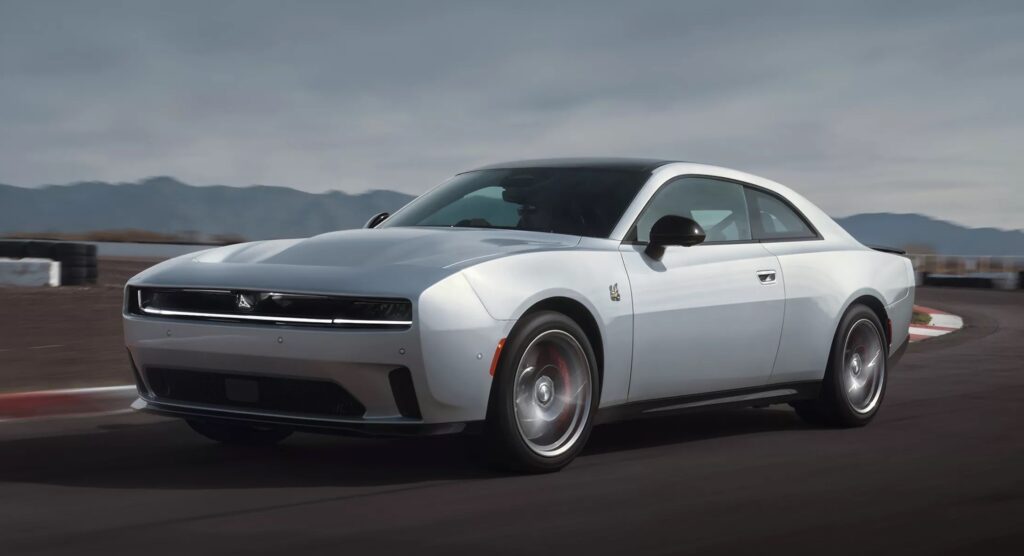- The U.S. government has finalized rules regarding the $7,500 clean vehicle tax credit.
- The changes are technical, but could result in more electric vehicles being eligible for tax credits.
The U.S. Department of Treasury, the Internal Revenue Service, and the Department of Energy have revealed the final rules for the clean vehicle tax credit. It’s valued at up to $7,500 but the exact number depends on a variety of complicated factors.
One of the big changes is a new test for calculating the $3,750 critical minerals credit. The new method is known as the “traced qualifying value add test” and it requires manufacturers to “conduct a detailed supply chain tracing to determine the actual value-added percentage for extraction, processing, and recycling” of the battery. However, the government noted “manufacturers may continue to use the 50 percent roll up described in the proposed regulations as a transition rule until 2027.”
More: IRS Confirms EVs And PHEVs Eligible For Tax Credits In 2024
The other big change is updates to the Foreign Entity of Concern (FEOC) restriction as manufacturers may now exclude some “impracticable-to-trace battery materials” until 2027. This could make more vehicles eligible for part of the tax credit as it eliminates reporting of some hard to trace materials.
The rule targets China – as well as Russia, Iran, and North Korea – and says an “EV containing battery components manufactured or assembled by a FEOC will be ineligible to receive the tax credit starting in 2024. Similarly, an EV with a battery containing critical minerals extracted, processed or recycled by a FEOC will be ineligible to receive this tax credit starting in 2025.”

While the changes are as clear as mud, the IRS noted the “Inflation Reduction Act allows a maximum credit of $7,500 per new clean vehicle, consisting of $3,750 in the case of a new vehicle that meets certain requirements relating to applicable critical minerals and $3,750 in the case of a new vehicle that meets certain requirements relating to battery components.” With the updates, a few more vehicles may qualify for credits although that’s not entirely certain at this point.
In a statement, Presidential Advisor John Podesta said “Today’s actions from Treasury and DOE provide clarity and certainty to an EV marketplace that’s rapidly growing. The direction we’re headed is clear – toward a future where many more Americans drive an EV or a plug-in hybrid and where those vehicles are affordable and made here in America.”





